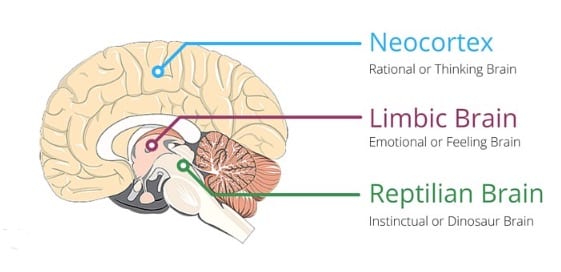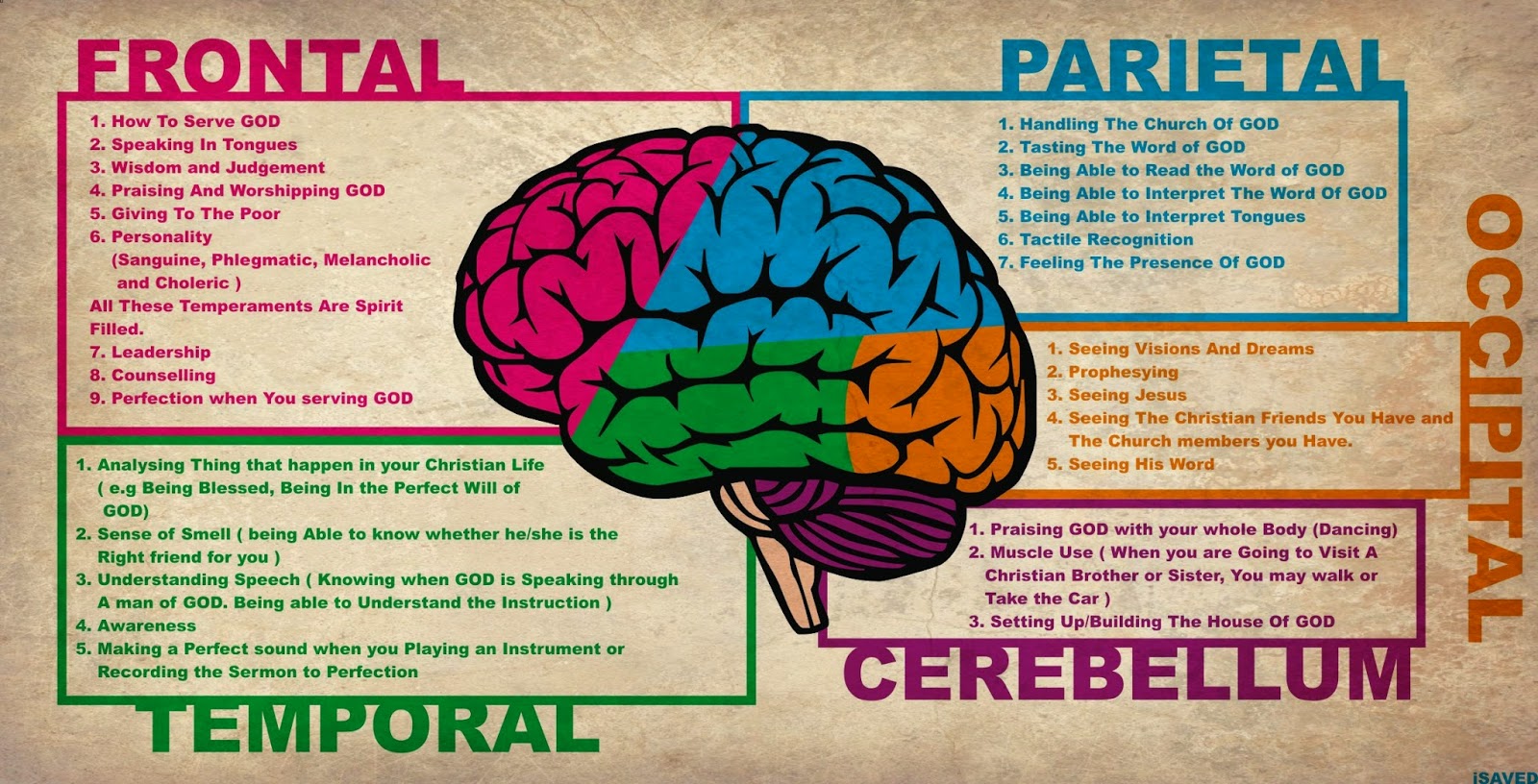

In contrast, there is reduced amygdala activity to emotional stimuli considered positive. These hormones further activate the amygdala and inhibit the hippocampus and prefrontal cortex, resulting in severe depression. Negative emotions, such as grief, anxiety, frustration, and fear, activate the amygdala, which in turn activate the hypothalamic-pituitary-adrenal axis and increase the production and secretion of stress hormones. Individuals suffering from depression exhibit a hyperactive amygdala. Physiology Emotion & Motivation the Limbic System Play The limbic system and depressionĭepression, a mental state associated with lack of motivation, is primarily characterized by the inability to experience pleasure. Evaluation of spatial attention in monkeys presented with reward-predictive cues in different spatial arrangements has shown that the spatial distribution of the cues and magnitude of reward prediction regulate the neural activity of the amygdala in a coordinated manner. The amygdala also plays an important role in linking spatial and motivational representations in the brain. Stimulation of these neurons also increases the magnitude of effort applied to get that particular reward. Stimulation of neurons in the central nucleus of the amygdala together with receiving a particular reward has been shown to increase the magnitude of reward motivation and reduce the range of reward selection. The motivation of choosing one reward over another is important for reducing the possibility of addictive behaviors. Regarding motivational states related to rewarding or aversive stimuli, stimulation of glutamatergic neurons of the amygdala projecting to the VTA area induces aversive behavior, whereas stimulation of its GABAergic projections to VTA triggers rewarding behaviors.

Hippocampus – regulates long-term memory formation and retrieval.Limbic cortex – regulates autonomic functions, cognitive processing, attention, emotional behaviors, and spatial memory.Specific functions of these regions are as follows:

Female Limbic System Brain Anatomy - Image Credit: decade3d - anatomy online /


 0 kommentar(er)
0 kommentar(er)
